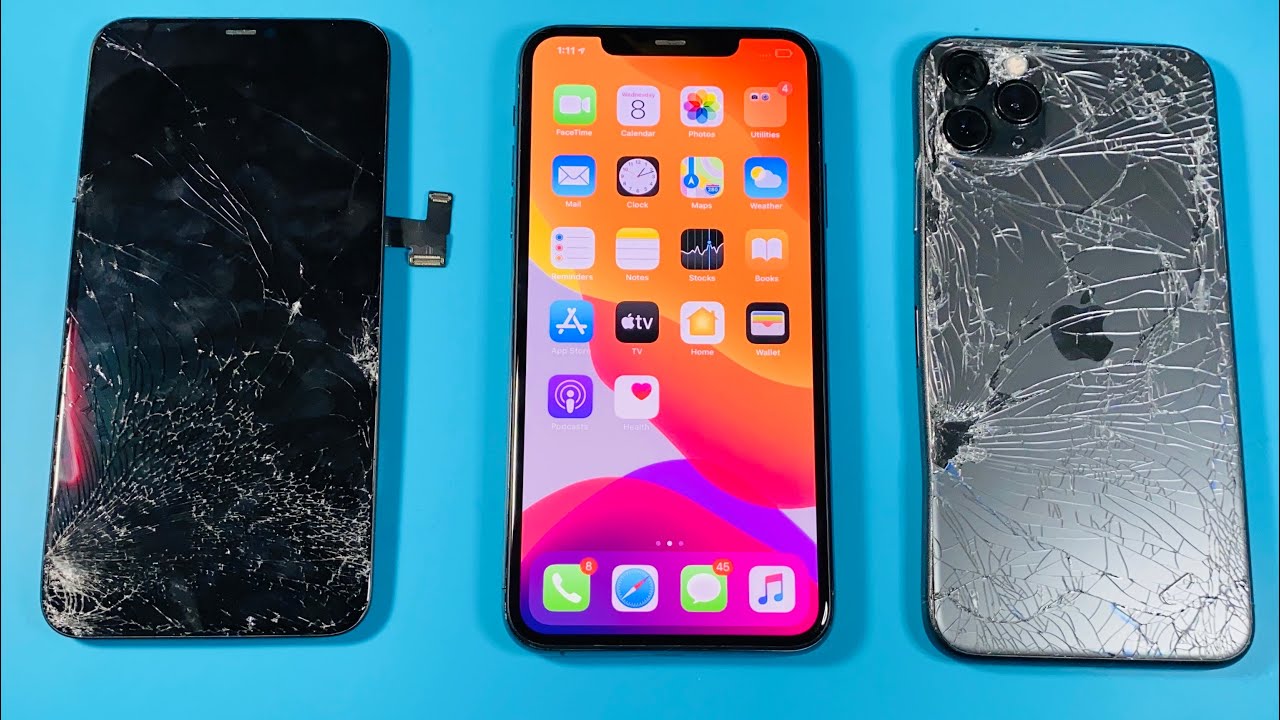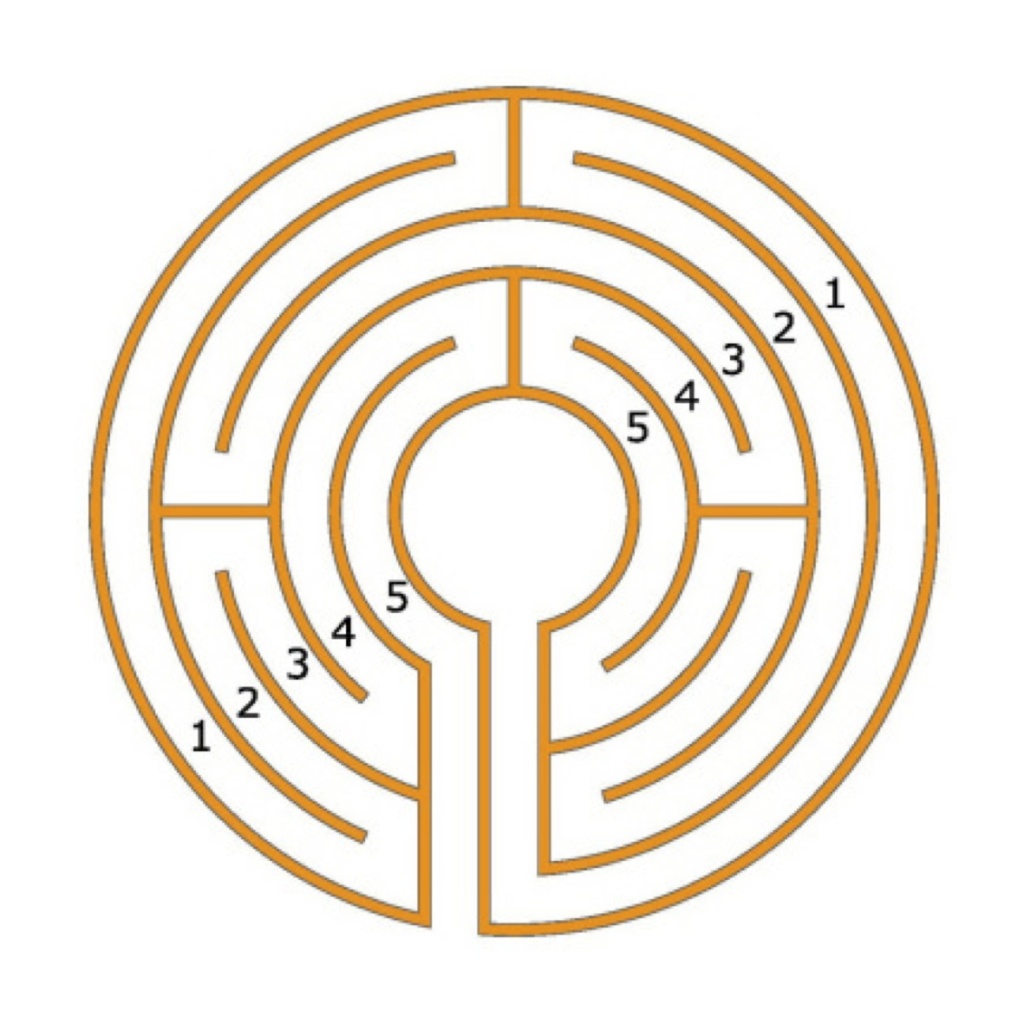Table of Content
The Echo Studio and Alexa are famed for working with a very broad selection of smart devices and support thousands of various brands for Alexa voice control. If you’ve got other smart devices in your house, they simply have a better chance of working with Alexa. While Google Assistant does support platforms like August, Canary, D-Link, Alarm.com, and the Google-owned Nest, it doesn’t have the same broad compatibility that Alexa offers. There are now a lot of smart speakers being sold online, and it can be difficult to work out which are the essential features, and which you will never use.

For the midrange models, the Echo and Nest Audio sound similar, with generally good audio quality that can easily fill a room. The Nest Audio lacks a bit of bass, while the Echo doesn't have much treble finesse, but both still offer high-quality sound considering their size and price. If you're concerned about privacy, the Echo Show 10 offers peace of mind with a physical shutter. If a moving smart display is just a bit too much for your comfort, the Echo Show 8 might be a better fit.
Google Nest Hub Max vs Amazon Echo Show (2ND GEN)
Using these devices together often provides better results than using them individually. It’s hard to think of any smart device you can’t control with Alexa. It works with smart thermostats, robotic vacuums, TVs, doorbells and a gazillion other things. Thankfully, there are two color options to choose from; black and white. Again, while we can't say definitively which device is the best before we test all three, there are some clear standout features here. The Google Home Max has two woofers and two tweeters, compared to the HomePod and the Echo Plus .

Thanks to its clean, attractive design and intuitive controls, even though it was a relative latecomer to the smart home scene. If you find yourself stuck between the two devices, consider using both to improve your life at home. Depending on your location, you may be able to stream music from other services, too. It's best to place each of your devices in a separate area to prevent any instances where they begin communicating with each other. Select Add Device, or the plus "+" button on the top-right corner of the app, to add a new device. You can use Alexa and Google Home or Google Mini under the same roof.
Google Nest Hub Max vs Amazon Echo Show: which smart display is better?
But they’re also digital assistants that can be used to control smart devices, order products online, and much more. Both Alexa and Google Assistant are pretty good at these tasks, but Alexa can do more things, especially when it comes to controlling smart-home gear. The speakers themselves don't make that choice any easier, because both are quite good; the Echo has been our Editors' Choice winner for a long time, but the Nest Audio is a close runner-up.

As for the Echo 2 and Echo Plus, they are huge improvements from the original Echo. With two 4.5-inch subwoofers and two 0.7-inch tweeters, we expect a lot from the Max speaker when it launches. And since you can sync it to another Max speaker, there is no need to invest in a Sonos. Google had briefly gained an advantage with its ‘Voice Matching’ feature. The feature allows it to recognize different voices and answer based on the Google account of that person. The Echo speakers obviously have a big advantage with their thousands of Alexa skills.
Amazon Echo vs Google Home FAQ: quick questions answered
The Echo 2 and Echo Plus on the other hand are more average in size. They have the traditional cylinder design of most smart speakers. It’s fairly well designed, it picks up your voice effortlessly and the sound quality is way above that of any Echo speaker.
All of these devices can go on sale around big discount holidays like Black Friday and Prime Day . Alexa has more robust third-party support, with thousands ofskillsthat can be enabled to perform specific tasks, like ordering a pizza ortelling a story. Skills can be handy, but the vast majority are more gimmicky than useful, and you still need to dance around Alexa's syntax to use them. Good Housekeeping participates in various affiliate marketing programs, which means we may get paid commissions on editorially chosen products purchased through our links to retailer sites. As we’ll explain below, that’s one of the major benefits that Google has over its rival.
It is powered by the search engine's web of information and is cleverer overall. While you technically can have both Google and Alexa speakers together under one roof, we think that’s more fuss than it’s worth. You’d be best off picking the one you prefer and keeping everything connected to a single platform. Once you’ve peppered a few smart speakers around the house so you can talk to them wherever you are, you’ll feel like you’re living in a sci-fi movie.
However, you can attach a nice speaker with a 3.5 mm jack of Echo for better and louder music. While Google Home mini has touch-sensitive controls under a dome of fabric. The Echo Dot is available in light grey, dark grey, or off-white, while Google Home Mini is in white, charcoal, or coral . Firstly, Google Home Max has dual 4.5-inch high-excursion woofers and two 0.7-inch dome tweeters driven by six Class D amplifiers for the best audio performances. All-in-one handyman service app solution to serve various home and professional services needs. Shop your favorite products and we’ll find the best deal with a single click.
The Echo Studio is equipped with five speakers pointing in different directions – a 1-inch tweeter, three 2-inch mid-range speakers, and a 5.25-inch woofer for bass. Combined, the speakers are designed to provide 360-degree, room-filling sound. While the Echo Studio does this well, that purpose does somewhat hamstring audio performance in specific cases. In testing we found that some mid-range audio can occasionally seem muffled or distant, while lighter notes can sometimes feel a bit brittle. Overall, however, the speaker’s sound is impressive, and it has the best bass of any smart speaker we’ve tried.
Both companies’ speakers can also sync with each other to play the same music across speakers in different rooms. Whichever brand you prefer, it’s a really useful feature when you want the whole house playing a song for a party or if you’re just walking back and forth among a few rooms while doing chores. One simple test we tried was to use speakers from each company playing music in the bathroom while taking a shower, with each speaker set to full volume and placed in the same spot. (What can we say, who doesn’t love music while in the shower?) For this test, we used the lowest-end speakers, the Echo Dot and the Google Home Mini. But if I were setting up a smart home hub today, I’d go with the Echo speakers.









